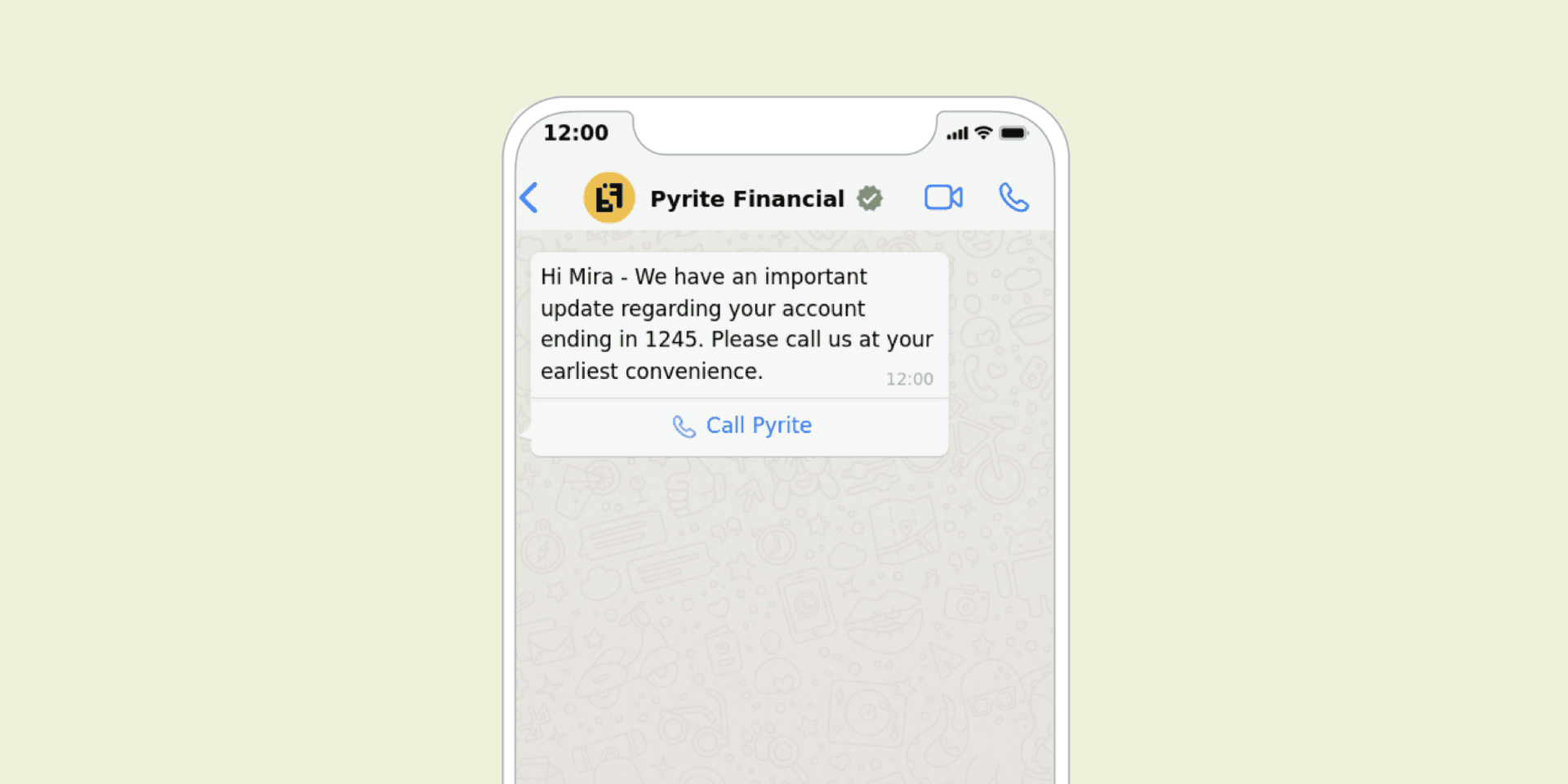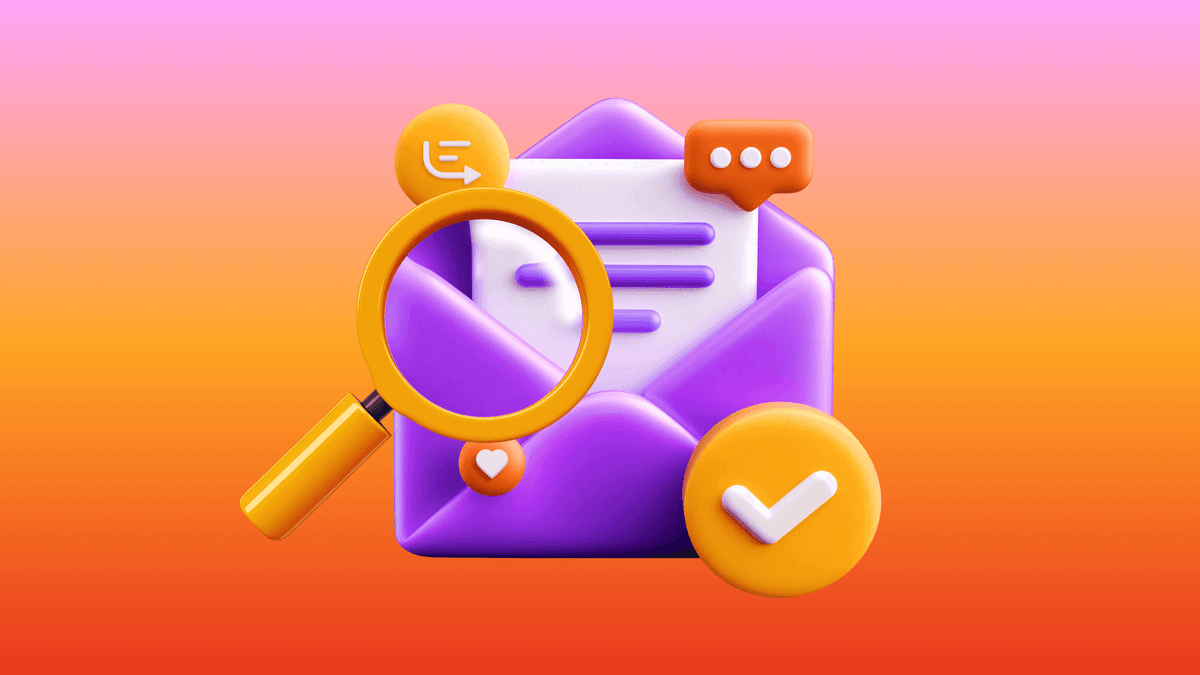Customer Engagement Strategy for WhatsApp: What Works and What Doesn’t
Published on June 14, 2023/Last edited on June 14, 2023/9 min read


Team Braze
In order to build a deeper relationship with your customers, it’s essential to meet them where they are, on the platforms they use the most—not just on traditional channels like email. Given its two-way messaging capabilities and massive global audience, it’s no wonder that more and more brands are turning to WhatsApp to help activate, monetize, and retain consumers. From rich, personalized communications that can include multimedia to dynamic two-way messaging with quick reply buttons, the platform unlocks new ways for companies to effectively engage customers.
For brands looking to start using WhatsApp for direct customer messaging, it can be a challenge to know where to start or what to watch out for. To help out, we’re going to explore a few WhatsApp use cases that are worth considering and highlight some potential pitfalls to avoid.
4 Best-in-Class WhatsApp Use Cases
As you build out your WhatsApp strategy, it’s important to remember that this is a premium channel, one that won’t make sense for every marketing need. Most people use WhatsApp to chat with their friends and family members, and are likely to expect that any message they receive via this channel will be similarly relevant and meaningful. To make the most of WhatsApp as a marketing channel, it's important to be thoughtful about how many message you send and to prioritize use cases that can lead users to carry out high-value actions—that is, key behaviors or activities that result in deeper loyalty, higher lifetime value, or influence other significant business metrics.
Whether you’ve already added this channel to your marketing mix or are just getting started, let’s explore four use cases that can help support a positive return on investment from this channel.
1. Abandoned Onboarding

The scenario: Your customer created an account, but they didn’t finish filling out their profile or failed to complete your onboarding flow. That’s an issue because this sort of data serves as the foundation for relevant, personalized experiences—onboarding is an optimal time to gather information about a customer and their preferences. It’s also a great time to educate your users on your brand’s offerings.
Re-engagement messages aimed at these new users provide a key opportunity to capture that essential data and communicate opportunities for further connection. WhatsApp can be a powerful way to deliver that outreach, allowing you to easily send personalized re-engagement messages in a channel they're already using.Helpful tips:
- For more in-depth or longer onboarding flows, try deep linking the customer to where they were in the registration flow on your site or in your app.
- Conversely, for quick onboarding flows or to get customers to answer a few simple questions, you can leverage the platform’s two-way conversation capability (via quick reply buttons) to collect missing information directly in the WhatsApp thread.
- Once you’ve successfully captured your customer’s preferences and information, you can use the data to surface relevant content and feed your recommendation engine. Ultimately, this strategy means you can deliver better customer experiences later on in that customer’s lifecycle.
Why we recommend it: With WhatsApp, you can easily direct customers back to your app or website to complete your onboarding flow or collect information directly in the message thread, streamlining the process of encouraging them to complete their onboarding.
2. Abandoned Cart

The scenario: Your customer puts an item in their cart, but abandons the checkout flow without completing their purchase.
Use WhatsApp to reach customers who have already stepped away from your app or website with rich messaging that effectively shows off the product that caught their eye. Helpful tips:
- Use triggered messaging to automatically prompt these users to return to the checkout flow.
- Embrace experimentation by leveraging A/B testing features in Braze to pinpoint the ideal timing windows for abandoned cart nudges. For instance, you could set the trigger at different intervals (like 30 minutes after abandoning their cart, 1 hour after, and so on).
- Show off your product with a rich image and deep link directly to the product page or checkout flow in the WhatsApp message, supporting a more seamless experience.
- Make your customers a compelling offer. If you want to sweeten the deal (and help boost conversions), pair your abandoned cart campaign with a promo code for added effectiveness.
Why we recommend it: As a go-to channel for staying in touch with friends and family daily, many WhatsApp users will be primed to check their messages every day. While this means user expectations are higher, it also means that the channel is ideal for sending messages you want your customers to see and engage with right away.
3. Loyalty Enrollment

The scenario: With so many options for today’s customers, you want to incentivize customers to remain by your side by encouraging them to enroll in your loyalty program for added perks and benefits.
WhatsApp's premium nature and support for rich, two-way communications can help to drive enrollment in your loyalty and rewards programs, which in turn reinforce the value of your offering and deepen customers' investment in your brand via discounts, referrals, and exclusive deals.
Helpful tips:
- Build your WhatsApp subscriber list by offering promos and discounts that are only shared via WhatsApp. This will incentivize customers to engage with you on the channel and will help accelerate your subscriber growth.
- Drive action with less friction by using deep links or WhatsApp’s quick reply buttons to get users to enroll in your loyalty rewards program.
- Take advantage of the extra real estate: Compared to SMS or in-app messages, you have the space (and attention) to list all the benefits so customers can see what they stand to gain from signing up.
Why we recommend it: Loyalty programs are popular amongst consumers and brands alike for a good reason. Consumers get to feel like a brand VIP, while businesses can drive higher customer lifetime value and improve retention rates. With WhatsApp, you can engage your customers throughout the entire customer loyalty journey—from driving enrollment to following up with exclusive deals that reinforce the program’s value.
4. Important Account Updates and Reminders

The scenario: Your customer misses an important update regarding their account, leading to a poor customer experience. The result? Diminished engagement and potentially even customer churn.
With WhatsApp, you can expand your cross-channel messaging mix and take advantage of this channel’s reach to give your company more ways to keep users informed about critical updates that could impact their long-term loyalty to your brand.
Helpful tips:
- Maximize the value of your send by adding a call-to-action button. For example, you can use a deep link that drives customers back into your app to follow up on transferring funds, verifying a potential fraud alert, or completing any other high-priority action that affects their experience with your product or services.
- Be mindful of the messaging frequency: Reserve your WhatsApp messaging for high-priority or time-sensitive reminders, and send lower-priority messages via other channels like email. To help you manage message frequency and cross-channel interactions, Braze has frequency capping tools and advanced segmentation to control how often you send messages to specific customers—making it easier to avoid message fatigue.
Why we recommend it: With an average open rate of 98%, WhatsApp is an ideal venue for delivering messages that need to be seen right away. However, the key here is to focus on the importance and relevancy of the message. Remember, the heart of your customer engagement strategy should be serving your users’ wants and needs. As brands, we may feel every message needs to be seen, but that’s a quick way to frustrate customers.
2 Common WhatsApp Pitfalls to Avoid
It’s not enough to know what use cases shine in WhatsApp—to provide the best possible experience, you also need to be aware of when this channel just isn’t the right vehicle for a specific campaign. To help brands avoid common mistakes, we’ve uncovered a couple use cases to avoid.
1. Higher-Frequency Promotions and Sales
The scenario: The 2-for-1 Sunday socks sale. The 30% off socks sale. The Spring-fling sock sale. Is it just us, or is that a lot of sales?
Why we don’t recommend it: Sales are a great way to increase engagement with your customer base, but you’ll want to avoid creating too much noise on this premium channel. The last thing you want to do is create message fatigue that drives customers to ignore your outreach and miss out on your most impactful communications.
Helpful alternatives:
- Leave the one-size-fits-all promotions or anything you frequently run to channels like email or push notifications.
- Reserve the use of WhatsApp for your marquee promotions and/or your biggest and best sales throughout the year (e.g. Black Friday).
- Use WhatsApp to drive more personalized, 1:1 messages that connect to customers’ past purchases, favorited items, abandoned carts, or restocking reminders. Your users will thank you!
2. Low-Urgency Announcements or Updates
The scenario: You need to send an update to your Terms and Service or let users know about a minor change to your app.
Why we don’t recommend it: Most status updates and informative messaging aren’t a tremendous value-add to your customers and could likely be out of place on this channel. At its core, WhatsApp’s intimate nature means you’ll drive the most value with personalized, relevant messaging (like abandoned cart nudges, account updates related to recent behaviors, etc.) Most one-size-fits-all, open-ended updates and announcements will stand out in a bad way and can make recipients feel like you don’t understand the kinds of messages they want to receive here.
Helpful alternatives:
- If the message isn’t driving a specific action or alerting the customer about an urgent or essential update (like missing info in their account registration), consider using another channel, such as email.
- Reserve WhatsApp for critical updates like an order’s shipping status or tracking number.
Get More Value Out of Your WhatsApp Marketing
WhatsApp is a powerful channel, but it works best as part of cross-channel customer engagement strategy. Want to learn more about how your brand could benefit from adding WhatsApp to your marketing mix? Check out the Braze WhatsApp Inspiration Guide for real-world use cases and exclusive best practices for getting the most value out of this emerging channel.
Related Tags
Be Absolutely Engaging.™
Sign up for regular updates from Braze.
Related Content
View the Blog
The new inbox reality: How iOS changes are reshaping email marketing

Aparna Prasad

Experience optimization: Turning data insights into better journeys

Team Braze

December 2025 Bonfire Marketer of the Month: Jagex’s Emma Oliver
